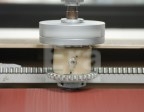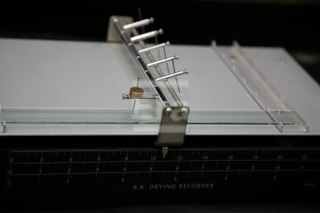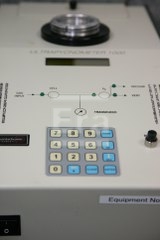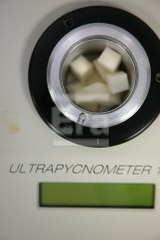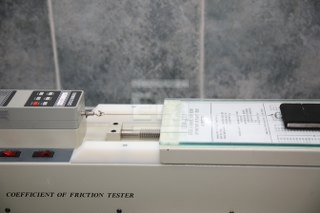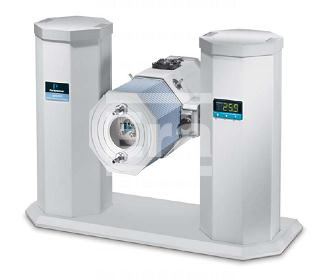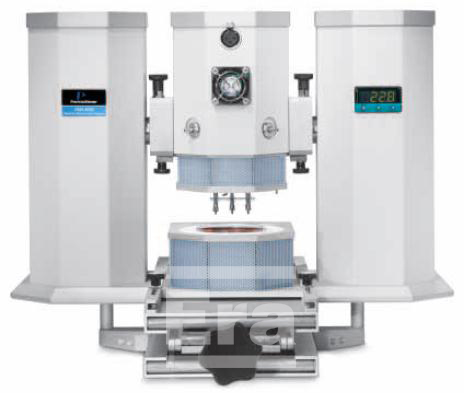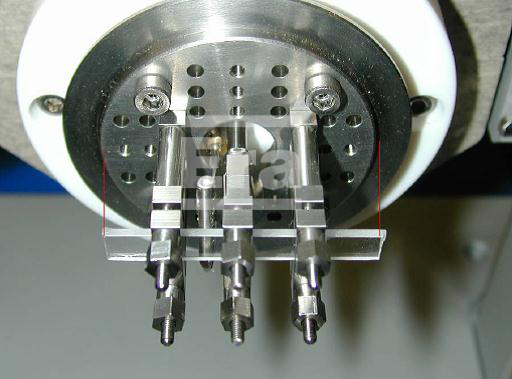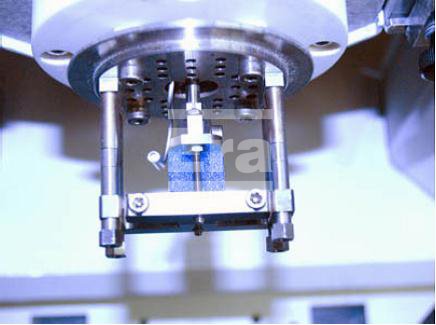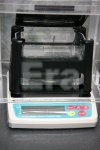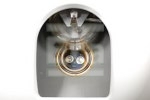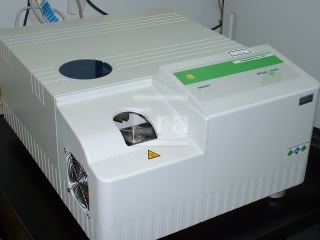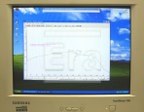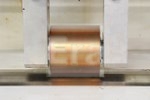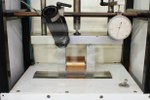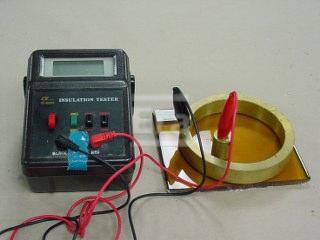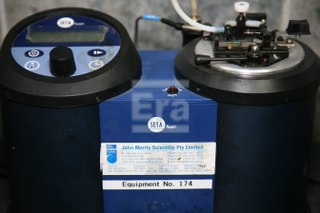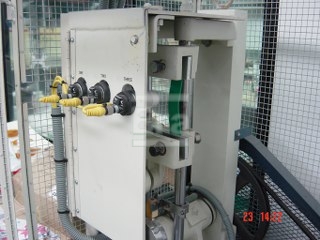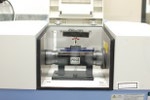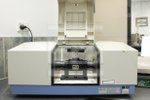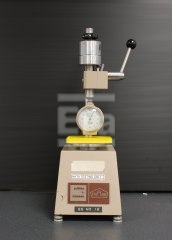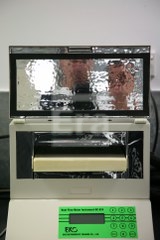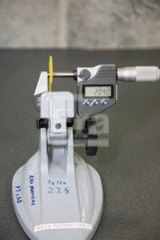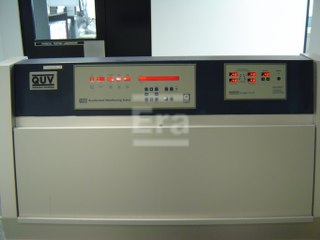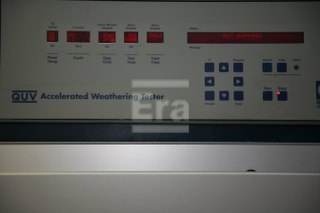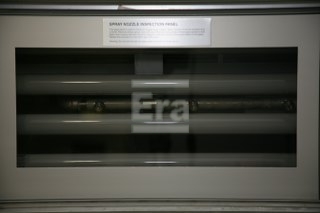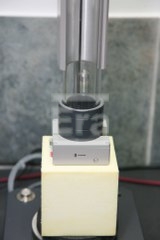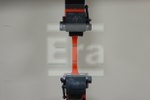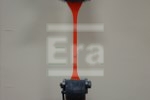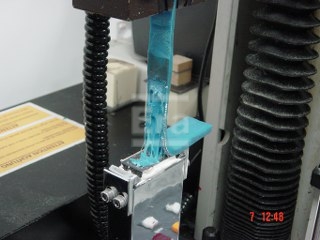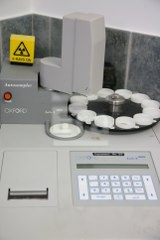Era Polymers physical testing laboratory is NATA accredited, our laboratories are constantly expanding the horizons of polyurethane chemistry. We have the most advanced polyurethane laboratories in the country, serviced by over 15 of Australia’s leading polyurethane industrial chemists. Our laboratories are equipped with state of the art equipment to carry a variety of testing procedures detailed below.
Testing available:
Abrasion
Coating Dry Time Recorder
Closed Cell Content
Test Method
Polyurethane foams are made up of millions of cells or bubbles. Flexible foams need the cells largely open to allow the foam to breathe when compressed, as in cushion foams. Rigid insulation or buoyancy foams, require more closed cells to keep in the valuable insulation gases, or keep water out in the case of buoyancy foam.
Coefficient of Friction Tester
Dynamic Mechanical Analysis
DMA 8000
Dynamic Mechanical Analysis, otherwise known as DMA, is a technique where a small deformation is applied to a sample in a cyclic manner. This allows the materials response to stress, temperature, frequency and other values to be studied. The term is also used to refer to the analyzer that performs the test. DMA is also called DMTA for Dynamic Mechanical Thermal Analysis.
Used for the characterization of materials’ bulk properties such as modulus, compliance and damping (tan delta). It measures changes of viscoelastic behavior under dynamic conditions as a function of temperature, time, frequency, stress, atmosphere or a combination of these parameters.
Density
DSC – Differential Scanning Calorimetry
Test Method
DSC (Differential Scanning Calorimetry) is a thermoanalytical technique assessing the amount of heat required to increase the temperature of a sample.Our equipment is able to analyse solid samples for specific heat related properties. These include glass transition temperatures (Tg), melting temperatures (Tm), oxidation times, crystallization states and cross linking determination.
Dynamic Wheel Testing / Loaded Wheel Tester (LWT)
Electrical Resistivity
Flash Point Tester
Flex Tester
Foam Profiling
FTIR – Fourier Transform Infrared Analysis
Test Method
FTIR Analysis is able to look at any material and confirm the wavelength of chemical groups present. On a practical level, it assists in confirming the chemical backbones of solid pieces of elastomer. This is useful when processors want to replace an elastomer piece made many years ago, when they can’t recall what chemical backbone they used originally to produce the part.
Hardness (Shore A and D scale)
Test Method
One of the easiest ways of categorizing polymers is through hardness. The equipment used to test this is known as a Durometer which indents the sample with a needle. The amount of indentation move then reflects the hardness of the sample. The most common scales used for hardness are Shore A for most elastomers and Shore D for high hardness elastomers. Soft gels and foams can be measured on the Shore 00 scale.
Impact Resistance
Insulation Testing
Test Method
The equipment for this test is often referred to as the “k-factor” machine as it measures the constant k-factor, or thermal conductivity, in accordance to ASTM C518.The k-factor is a measure of the insulation performance of foam. From this factor, it is able to calculate the R-value, or thermal resistance, of a product over a known sample thickness.


